Introduction In the field of industrial automation, power continuity is the core element for stable system operation. Especially in industries with strict process requirements, the ABB SAFT111POW power module plays an irreplaceable role as the basic component of system power supply. This module provides stable and reliable DC voltage for systems such as the ABB Advant Controller 400 series, which is a strong guarantee for the normal operation of key equipment. This article will introduce the working principle, application value and key role of this module in high-reliability industrial systems. High-performance design and technical parameters ABB SAFT111POW is a high-performance, compact power module, mainly used to provide stable 24V DC voltage for ABB's process control systems. This module is often used in DCS control systems in high-demand industries such as power, petrochemical, and pharmaceuticals. The main technical parameters include: Output voltage: 24 VDC (nominal value) Power output: meets high load requirements and supports multi-channel power supply Cooling method: natural convection cooling Redundancy support: supports dual-channel redundant configuration Installation method: DIN rail or panel installation Protection function: with overvoltage, short circuit and overtemperature protection The module uses industrial-grade devices and can operate stably in harsh environments such as high temperature and electromagnetic interference, greatly improving system reliability and service life. System compatibility and integration capabilities The SAFT111POW module is highly compatible with ABB automation platforms and is widely used in Advant and Symphony Plus system architectures. It not only provides stable power for CPU, I/O modules and communication interfaces, but also has good scalability and flexible configuration capabilities. The module supports multiple power supply voltage inputs, and the standard interface facilitates wiring and installation, which helps reduce the complexity of the power distribution system. Its fault diagnosis functions such as LED indicators and alarm signals also improve fault response speed. Reliability and safety in industrial environments Another major advantage of the SAFT111POW is its stability under high load conditions. Whether it is powering multiple I/O modules or ensuring the continuous operation of the controller, the module can ensure that the output voltage does not fluctuate or drop. Its design complies with industrial safety certifications such as CE and UL, and the built-in electrical isolation design effectively prevents external interference from affecting the operation of downstream equipment. At the same time, it supports hot swapping, and there is no need to shut down for maintenance or replacement, which greatly improves the maintainability and operating efficiency of the system. Summary The ABB SAFT111POW power module is not only a high-performance power suppl...
Read More
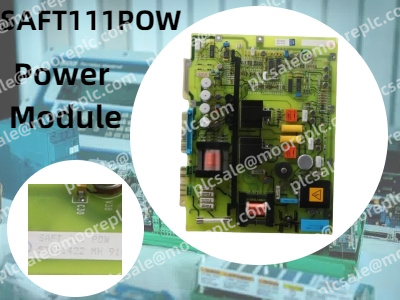
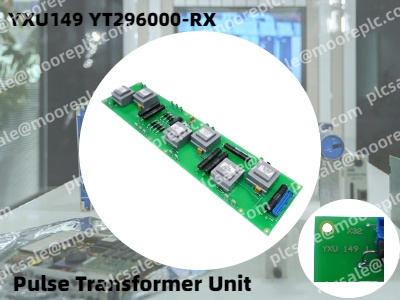
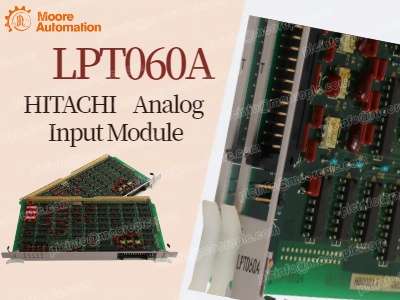
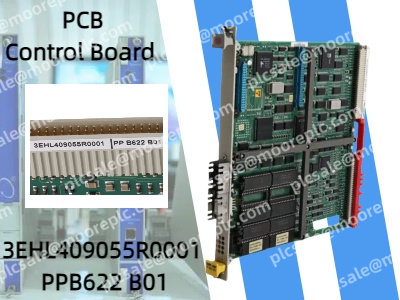
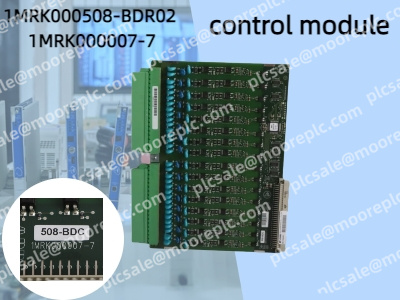
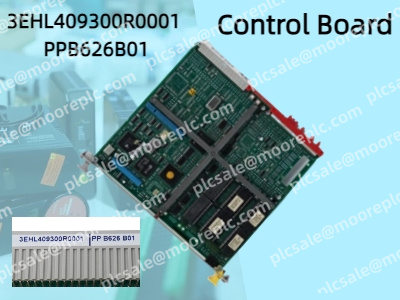
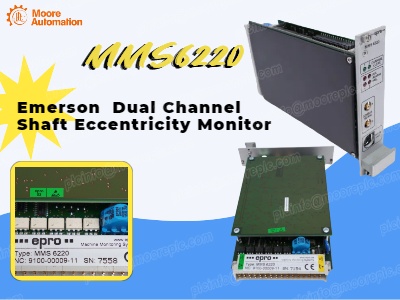
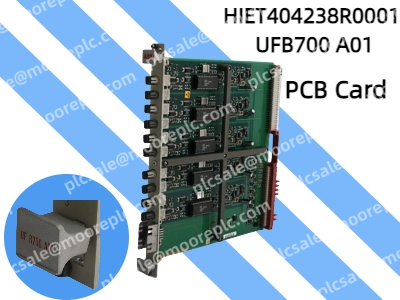
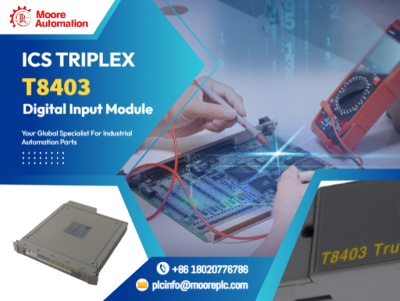

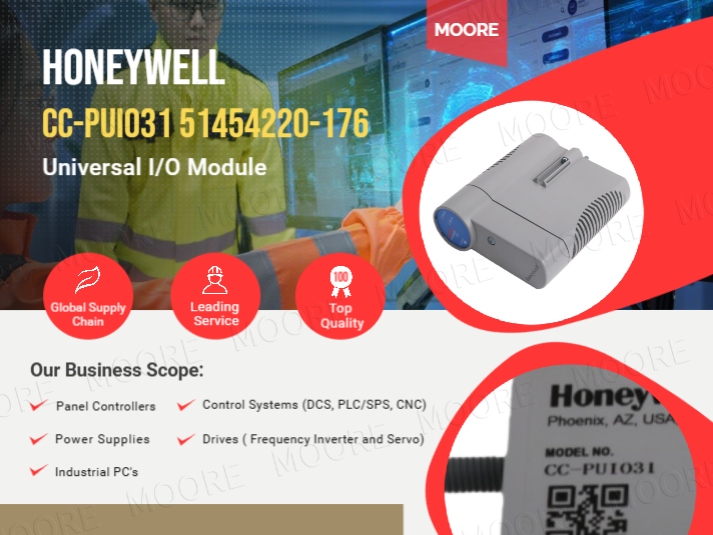
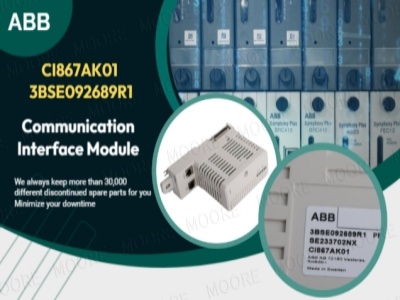












 IPv6 network supported
IPv6 network supported